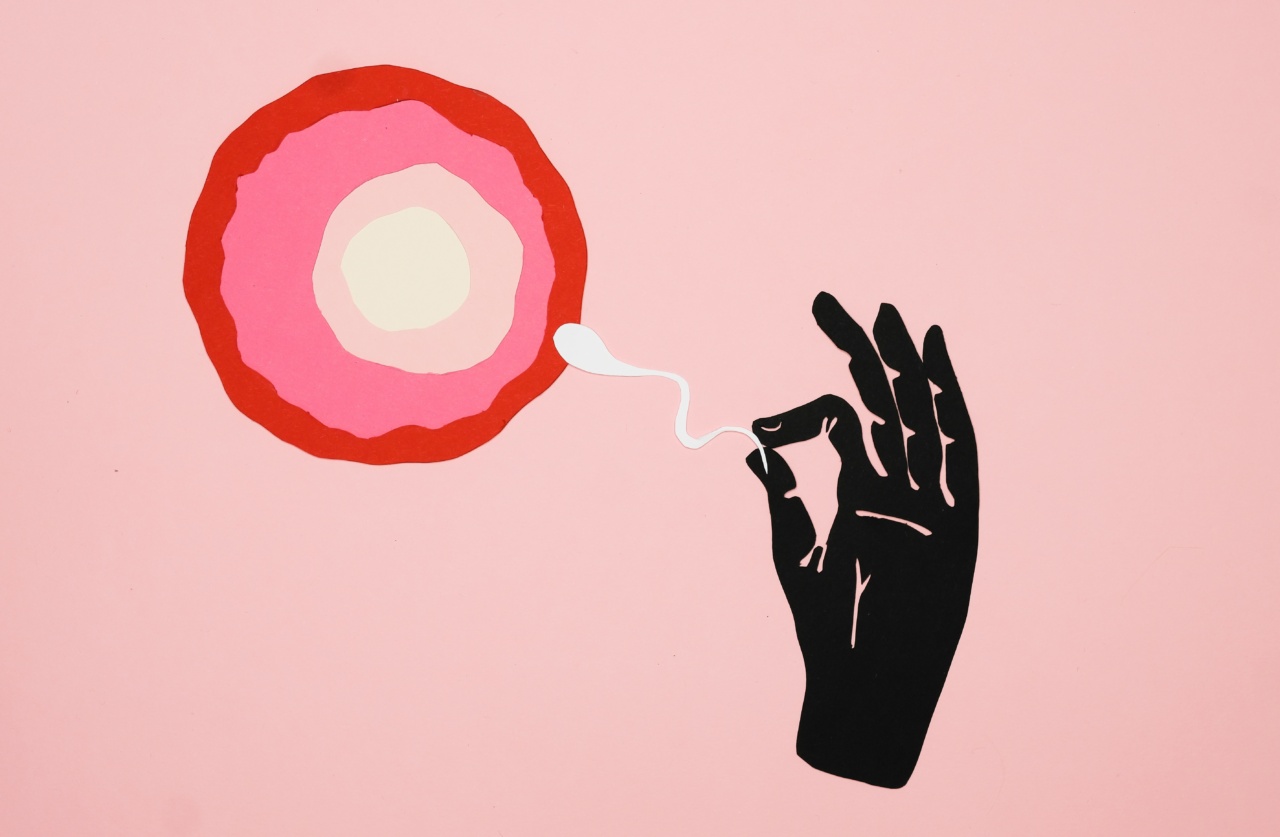When we think of pregnancy, the typical scenario involves fertilization of an egg by sperm.
However, with advancements in reproductive technology and scientific discoveries, the question arises: Can pregnancy occur without the involvement of sperm? In this article, we will explore the various possibilities and discuss the potential avenues for achieving pregnancy without sperm.
Understanding Conventional Fertilization
In order to understand whether pregnancy without sperm is possible, it is crucial to first grasp how conventional fertilization occurs.
During sexual intercourse, sperm is ejaculated into the vagina and travels through the cervix, uterus, and fallopian tubes. If there is an egg present in the fallopian tube, one lucky sperm penetrates and fertilizes it, leading to the formation of an embryo. This embryo then implants into the uterine lining, resulting in pregnancy.
In Vitro Fertilization (IVF)
One of the most well-known assisted reproductive techniques is in vitro fertilization (IVF). This method involves the retrieval of eggs from the ovaries and the mixing of these eggs with sperm in a laboratory dish.
If fertilization occurs, one or more embryos are selected for transfer into the woman’s uterus. While IVF typically requires sperm, it is also possible to achieve pregnancy using a technique called intracytoplasmic sperm injection (ICSI).
Intracytoplasmic Sperm Injection (ICSI)
ICSI is a specialized form of IVF that is commonly used when male infertility issues are present. During ICSI, a single sperm is injected directly into the cytoplasm of the egg using a microscopic needle.
This method bypasses the need for the sperm to naturally penetrate the egg, making it a potential option for achieving pregnancy without relying on sperm’s natural mobility.
Sperm Donation
Another method that allows pregnancy without sperm from a partner is sperm donation.
In cases where a male partner is unable to provide viable sperm or when pregnancy is desired by a single individual or a same-sex female couple, donor sperm can be used. Sperm from a donor is obtained from a sperm bank or fertility clinic and is used to fertilize the eggs through either conventional IVF or ICSI.
Ovarian Tissue Transplant
For patients who are unable to produce eggs, a potential solution is ovarian tissue transplantation. This procedure involves removing ovarian tissue from a woman’s own ovary and preserving it through cryopreservation.
Later, the tissue can be transplanted back into the woman’s body, where it can potentially resume functioning and produce viable eggs. If successful, these eggs can be fertilized using sperm, allowing for pregnancy.
Uterine Transplant
While not directly related to sperm, the concept of pregnancy without sperm also brings attention to the possibility of uterine transplants.
Women who are unable to conceive due to a non-functional or absent uterus can potentially undergo a uterine transplant. A healthy uterus from a donor is transplanted into the patient’s body, enabling her to carry a pregnancy to term using either her own eggs or donated eggs.
Stem Cell Research and Artificial Gametes
Although still in the realm of research, scientific advancements in the field of stem cells are exploring the possibility of creating artificial gametes.
Researchers aim to generate eggs or sperm from induced pluripotent stem cells derived from a person’s own cells. If successful, individuals who are unable to produce viable gametes could potentially have their own genetic offspring.
Conclusion: The Future of Pregnancy Without Sperm
While the conventional route of pregnancy involves the fertilization of an egg by sperm, advancements in reproductive technology and scientific research offer potential alternatives.
Methods such as IVF, ICSI, sperm donation, ovarian tissue transplant, uterine transplant, and artificial gametes provide hope for individuals and couples who struggle with infertility, same-sex couples, and even potentially transgender individuals wishing to carry their own pregnancy.




























